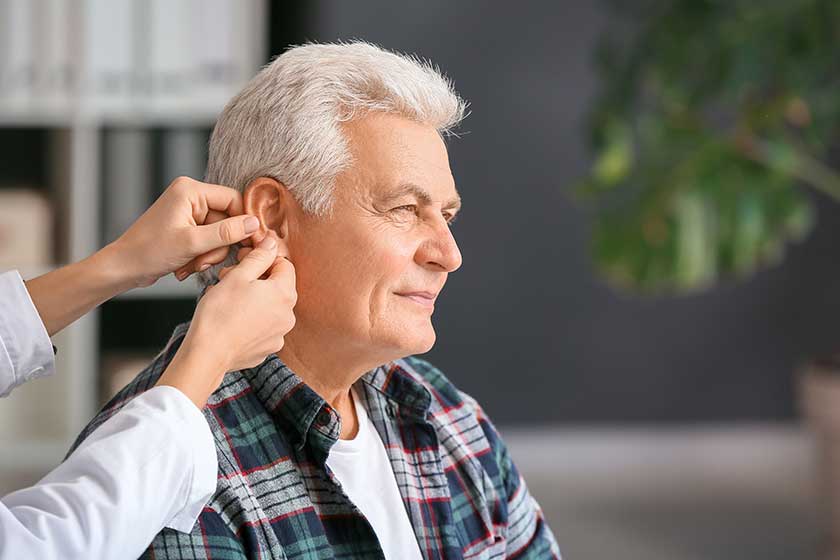The Ins And Outs Of Hearing Aid Maintenance

Wearing a hearing aid can be a big adjustment, and it's important to ensure yours is working correctly. It's also essential that you maintain your device so that it lasts as long as possible. The good news is there aren't too many specific things you need to do regarding hearing aid maintenance for most models. Still, there are some things you should be on the lookout for as signs that something might be wrong:
Why You Need Hearing Aid As You Age
As you age, hearing loss becomes more common. This can affect your quality of life, your safety, and even your ability to communicate effectively. Hearing aids can help you hear better, but they need regular maintenance to keep them working properly.
Hearing loss is one of the most common chronic conditions among seniors aged 65 years or older in the United States. Approximately 30% of people aged 65 have some degree of hearing loss, with age-related hearing loss especially prevalent in men over 60 (52%). The National Institute on Deafness and Communication Disorders (NIDCD) estimates that there are currently 37 million Americans with hearing loss or tinnitus - a ringing sound in the ear caused by changes in blood flow from aging tissue within your head and neck area around nerves connected directly within which send signals between those separate places inside this body part where both situations occur.
Accordingly, about 40% percent suffer from significant enough impairment such as speech understanding problems due to background noise interference at home/work/social settings; trouble following conversations when two people talk at once; difficulty listening during telephone conversations due to background noise interference etc., which makes it very difficult for them live independently without assistance from family members/friends who care about them greatly!
How To Clean Your Hearing Aid
- Soak a soft cloth in warm water and mild liquid soap, then wring it out until it's nearly dry.
- Gently wipe the outer parts of your hearing aid with the cloth, starting from the top down, to avoid getting moisture inside where it can damage delicate electronics (you'll hear a noise if you get any water into an open hearing aid). If there are any hard-to-reach crevices you can't reach with just a cloth, use a soft brush instead and clean those as well.
- Allow your hearing aids to air dry completely before putting them back in your ears or storing them away for future use; this could take anywhere from 20 minutes up to overnight depending on how humid or dry your environment is at that time of year and seasonally fluctuated environmental conditions like whether it was raining outside when you were cleaning them!
How To Care For The Battery In Your Hearing Aid
- Check the battery life regularly.
- Recharge when needed
- Keep the battery out of reach of children, as it could be swallowed or cause choking if left on the floor or in a toy box.
- Use only rechargeable batteries with your hearing aid; avoid standard alkaline batteries, which can leak acid and damage your device.
The Basic Settings That Should Be Adjusted In A Hearing Aid
A hearing aid should adjust the basic settings: volume, gain, program, tone, and mode. Knowing how to change these settings is important because they can affect your ability to hear sounds clearly.
Conclusion
We hope that our guide to hearing aid maintenance has helped you better understand how to take care of your loved one's hearing aids. It's a big responsibility, but it can also be an eye-opening experience! It's important to remember that there is no one-size-fits-all approach to caring for these devices: every person has different needs and expectations, so keep this in mind as you work through each step of the process.